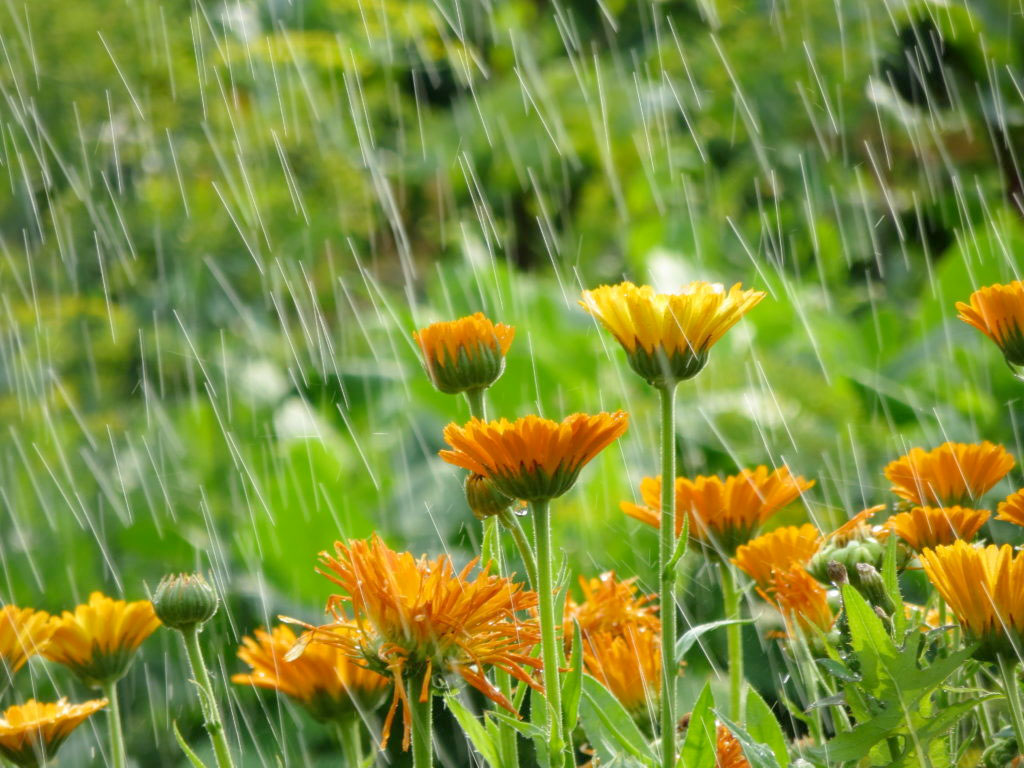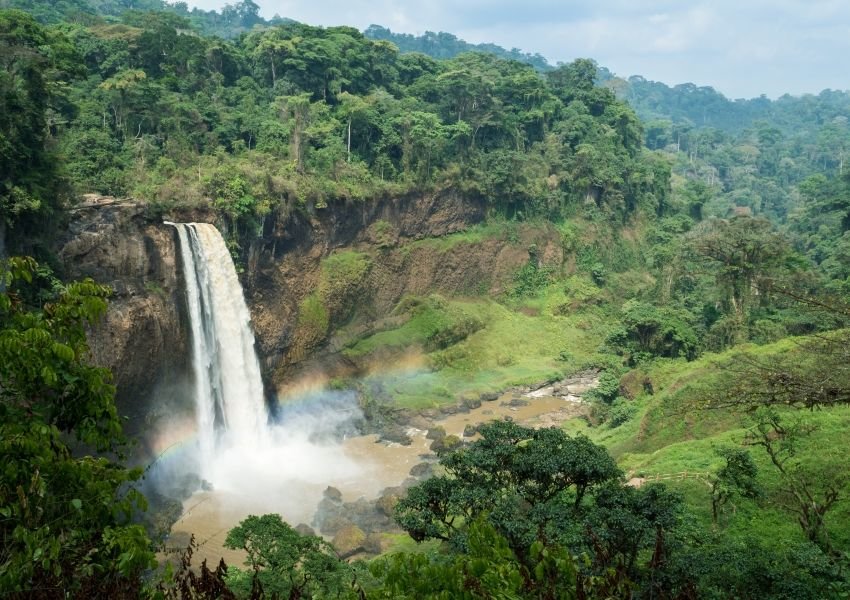Motorcycle Self Storage Tips for Spring!
Time to Ride!
April is on and there are plenty of motorcycles cruising past our office at The Storage Inn Self Storage facility here in Egg Harbor Township in South Jersey. I’ve also noticed a few of our storage space customers getting their bikes out and who could blame them on a days like these?
As I was making my rounds, I ran into one of our long time motorcycle storage customers, Chuck, who had his storage unit door open. He appeared to be staring intently at the inner workings of his Harley Road King.
“Headed out?” I yelled to him.
“ Not until I do my Spring safety check “ he shouted back at me.
Upon closer investigation, I found that Chuck had a paper checklist that he follows every spring. Being a rider myself, I was curious to see what his list included.

Here is Chuck’s checklist…
- Check your battery – This the heart of your ride’s electrical system. Chuck says that any biker worth his salt will have already been connected to a trickle charger, and should be good to go, but if you don’t have your battery on a charger, the first thing to make your motorcycle ride-ready is to charge your battery.
- Change the oil & filter – It’s best to change your bike’s oil before you store it for the winter, but if not, now’s the time to do it. Swap that stale lubricant out for fresh clean oil and a new filter. If you don’t do the work on your bike, make arrangements with your favorite cycle shop to get it done.

- Kick the Tires : We don’t really want you to kick them, but you should do a full 360 degree check on each tire for any cracking or punctures. Also, check for wear. On many tires, tread wear indicator bars signal a need for replacement. But there also the old trick of using a penny. If you can see the top of Lincoln’s head when facing down and inserted into the tire tread… it’s time for a new tire. If your tires pass the wear test, inflate them to the manufacturer’s inflation specs and your rubber is ready to go!
- Fuel up – Ideally, you should have stabilized the fuel in your motorcycle during the winterizing process before you placed it into storage. If you didn’t winterize, and also didn’t fill the tank before storing, check the fuel tank for rust, which may have formed due to water condensation. If the tank is clean, fill it and ‘ride-on’. If there are signs of rust, you’ll live with the consequences – fouled carburetor, clogged fuel filter, etc. – until you replace the tank.
- Check your Connections – A Spring tune up of cables, plugs, and pivot points is time well spent. Check all electrical connections, cables, and all moving parts that might require lubrication. Things tend to dry out over the winter, so take the time to make sure that the moving parts are kept moving!
- Lights! Camera! Action! Turn on your motorcycle’s power and check all the lights for any that have inoperative bulbs and replace them. (i.e. brake lights, turn signals, headlights, etc.) Often, replacement bulbs come in twos, so save extras for the next time you need one. If a new bulb does not light, it’s time to check the fuse box. If that doesn’t work, it’s time to visit your local cycle shop. Electrical problems are best left to the experts.
- Ready, Set, Stop! Stopping your motorcycle safely is just as important as ensuring your bike can accelerate. Before you hit the road, thoroughly check all the components of your brake system – lever adjustment, cables, calipers, brake pads, etc. If things don’t seem right and you’re not comfortable making adjustments, seek professional help. It’s always better to be safe than sorry.
- Stay Hydrated – Check all of the motorcycle’s fluid levels – brake, clutch, oil, coolant. Top them off as needed. Look for any leaks on the floor where your motorcycle’s been stored. Another way to check for leaks is to start and warm your bike to running temperature, then turn it off and check for leaks.
- Keep it Clean – The old adage, “Cleanliness is next to Godliness” is true – especially for your motorcycle. When you’ve taken all the steps to prepare your motorcycle mechanically, thoroughly clean the exterior. Your bike will look as good as it runs and you’ll look good riding it!!!
- Ride safe! Always watch out for other drivers!
So there you have it. Chuck’s checklist. Get ready, get that bike out of storage, and get riding!








